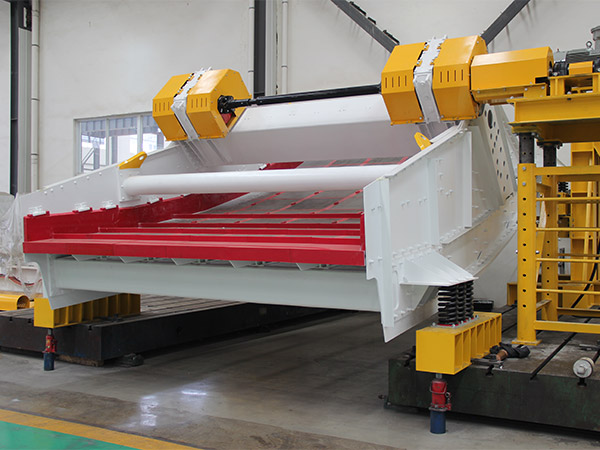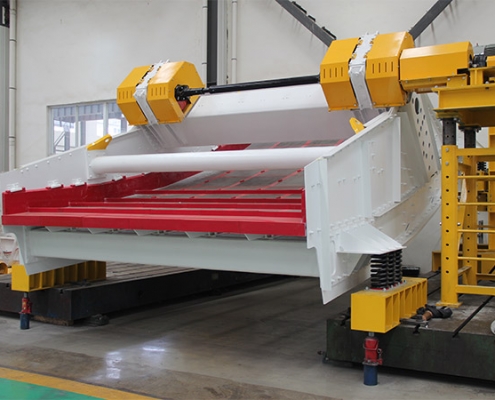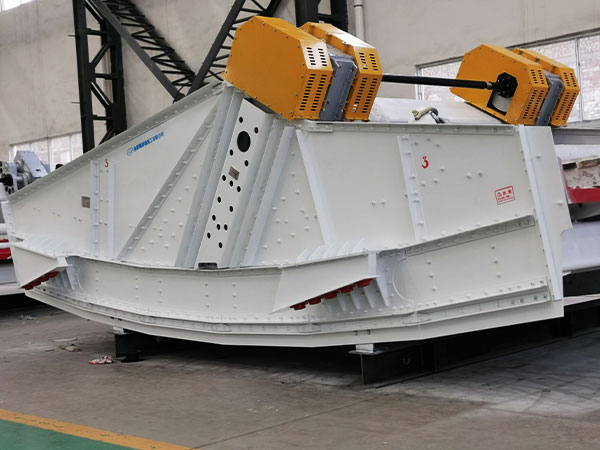LINEAR VIBRATING SCREEN
A linear vibrating screen is a type of screening equipment that utilizes linear motion to convey and separate different materials. It consists of a screen frame, a screen mesh, a vibration motor, and several supporting springs. The material to be screened is fed into the screen frame from the inlet, and as the screen vibrates, the material is separated into different sizes and discharged through the outlet.
The vibration motor generates a linear motion that causes the screen frame to vibrate. The vibration is transmitted to the screen mesh through the supporting springs, which causes the material to be sieved and sorted. The size of the mesh openings determines the size of the particles that pass through, while the amplitude and frequency of the vibration can be adjusted to achieve the desired screening effect.
Linear vibrating screens are commonly used in industries such as mining, coal, metallurgy, building materials, refractory materials, light industry, and chemical industry, to name a few. They are highly efficient and can handle large volumes of materials with ease. They can also be customized to suit specific needs and applications, such as multi-layer screens or screens with different mesh sizes.
(1) Material loose density
The bulk materials with larger loose density are easy to pass through the screen, and the screening efficiency is also higher; on the contrary, the materials with lower loose density and powdery materials are not easy to pass through the screen, and the screening efficiency is also low. The loose density of asphalt mixture is generally about 1.6tm 3.
(2) Material particle composition
In order to improve the screening efficiency. Under the condition that the gradation composition of the material being screened is determined. Determine the sieve size of the vibrating screen to minimize the proportion of difficult-to-screen materials (materials with a particle size of 0.7 to 1 times the sieve size) to the materials that should be screened.
(3) The relative size of the material particle size and the sieve hole
The particle size of the mineral material should be strictly controlled within the technical parameters of the equipment. If the particle size index difference is too large, it will cause a large production cycle and restrict the quality and processing capacity of the product. The penetration probability of materials in the screening process is affected by many factors, among which the most self-contained and important factor is the relative size of the particle size of the material and the size of the sieve hole.








